The request objects are best thought of, or at least written as, being part of the model layer, but because you're writing for the web, Request objects are part of the core of your Framework.
But to clarify:
Effectively, a Session class is a data model, and one could argue that it's part of a bigger subset of request models. Remember, MVC doesn't imply that each request requires a Controller, View and "A Model".
The Model bit, especially, is a layer. It can contain services, data models, an ORM, helpers and what have you...
That said, All things deal with the request should be at the ready in the controller. That's how most FW's work. Check the symfony workflow of a request, and note how far apart the controller and the request are.
This graph, though it deals with the ZendFW cycle, shows the special status of the request object(s) even more clearly:

The server receives the request, the framework kicks in and pours the request into the corresponding objects.
Then, in the code that resolves the request to a given controller, and controller action, I'd pass the required request objects to the controller's constructor.
A basic schematic would be:
Request ===> index.php (startup script)
||
|| some basic checks, create objects
||
|_==> create base controller
||
||
|_==> pass request to constructor, or starter method
Do more specific/targetted checks
||
||
\/
controller has access to request through base controller
and can pass this through to the model layer
So, in resuming, and because I believe repetition works: The request objects are best thought of, or at least written as, being part of the model layer, but because you're writing for the web, Request objects are part of the core of your Framework.
